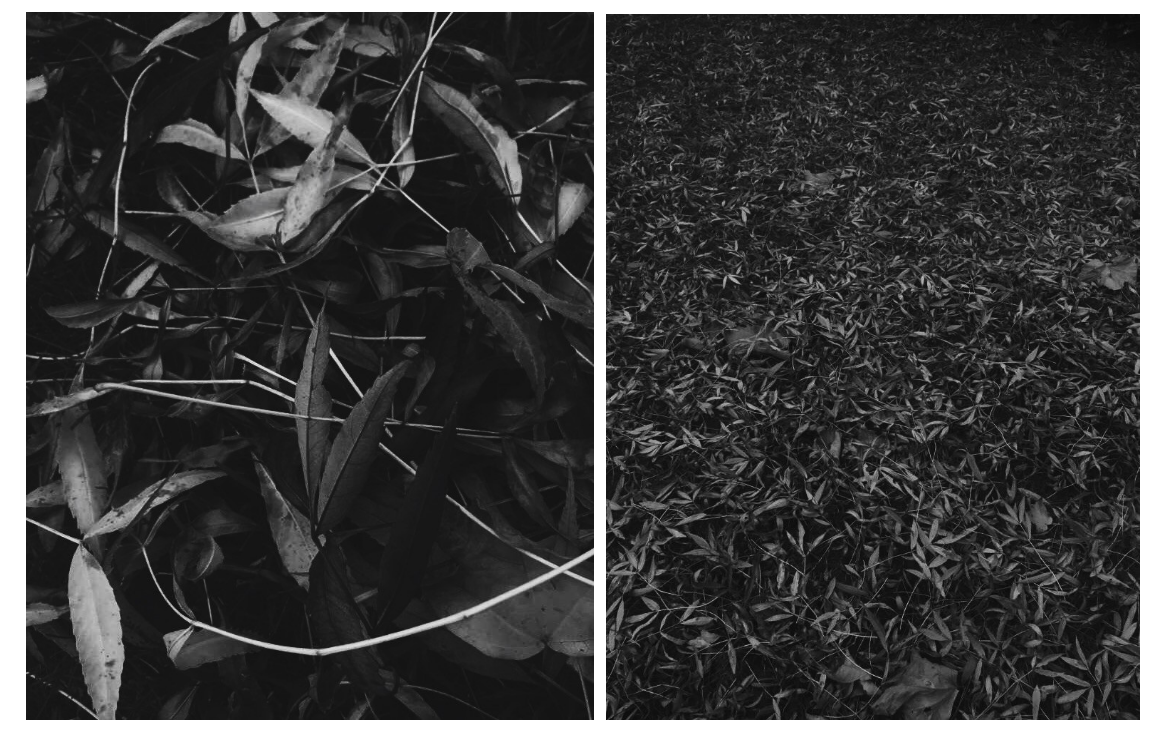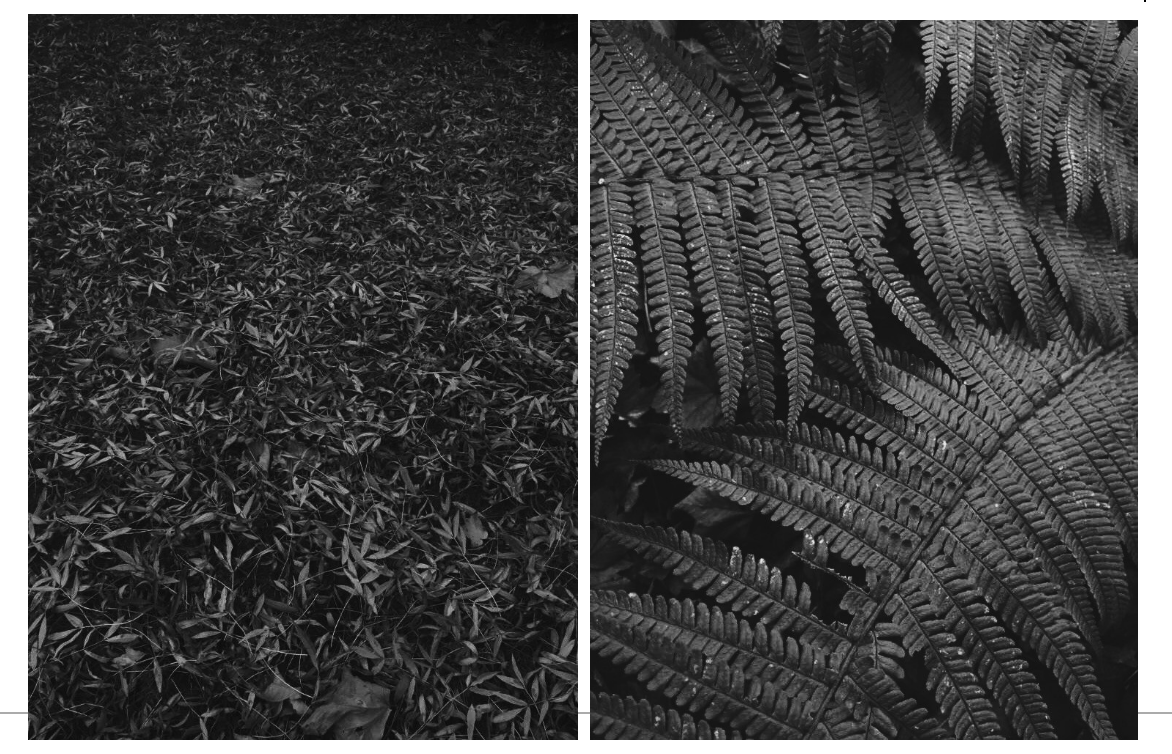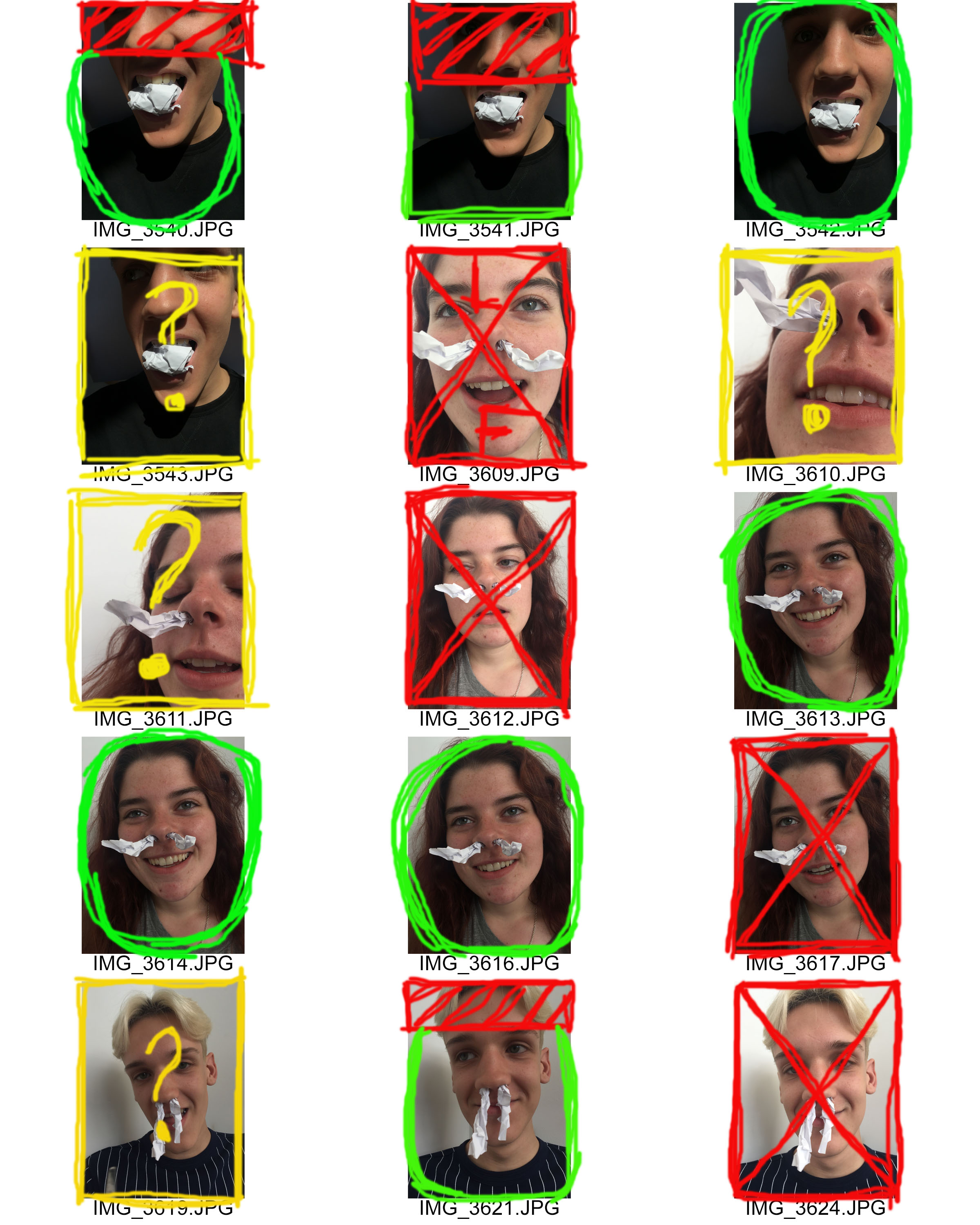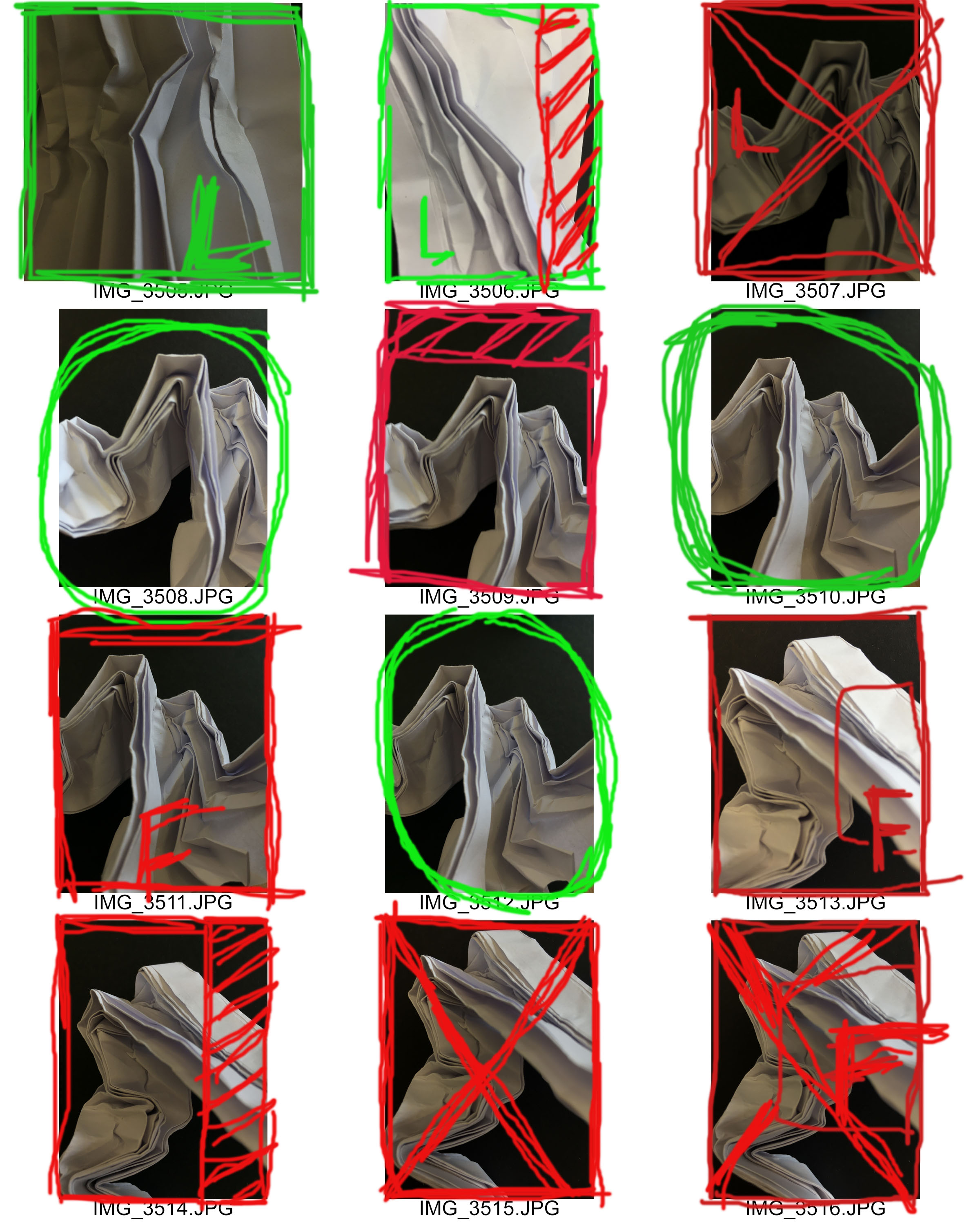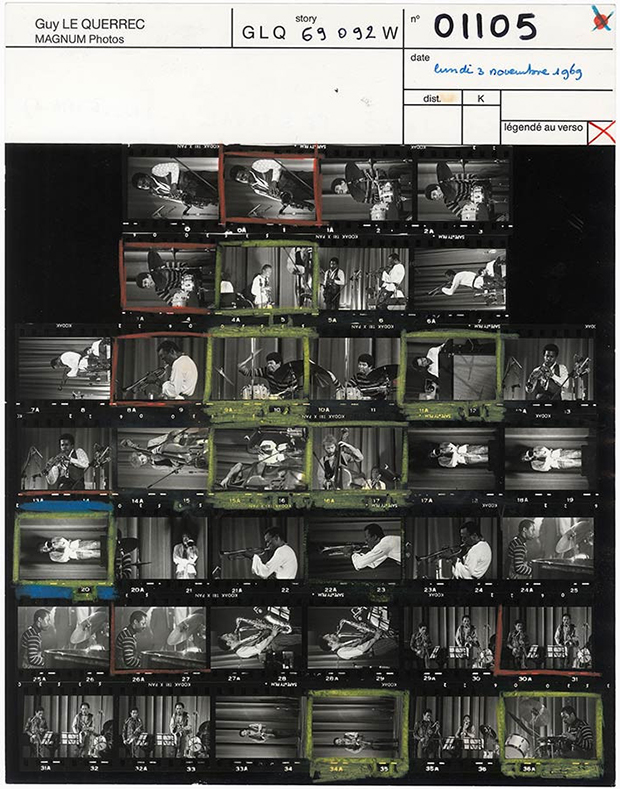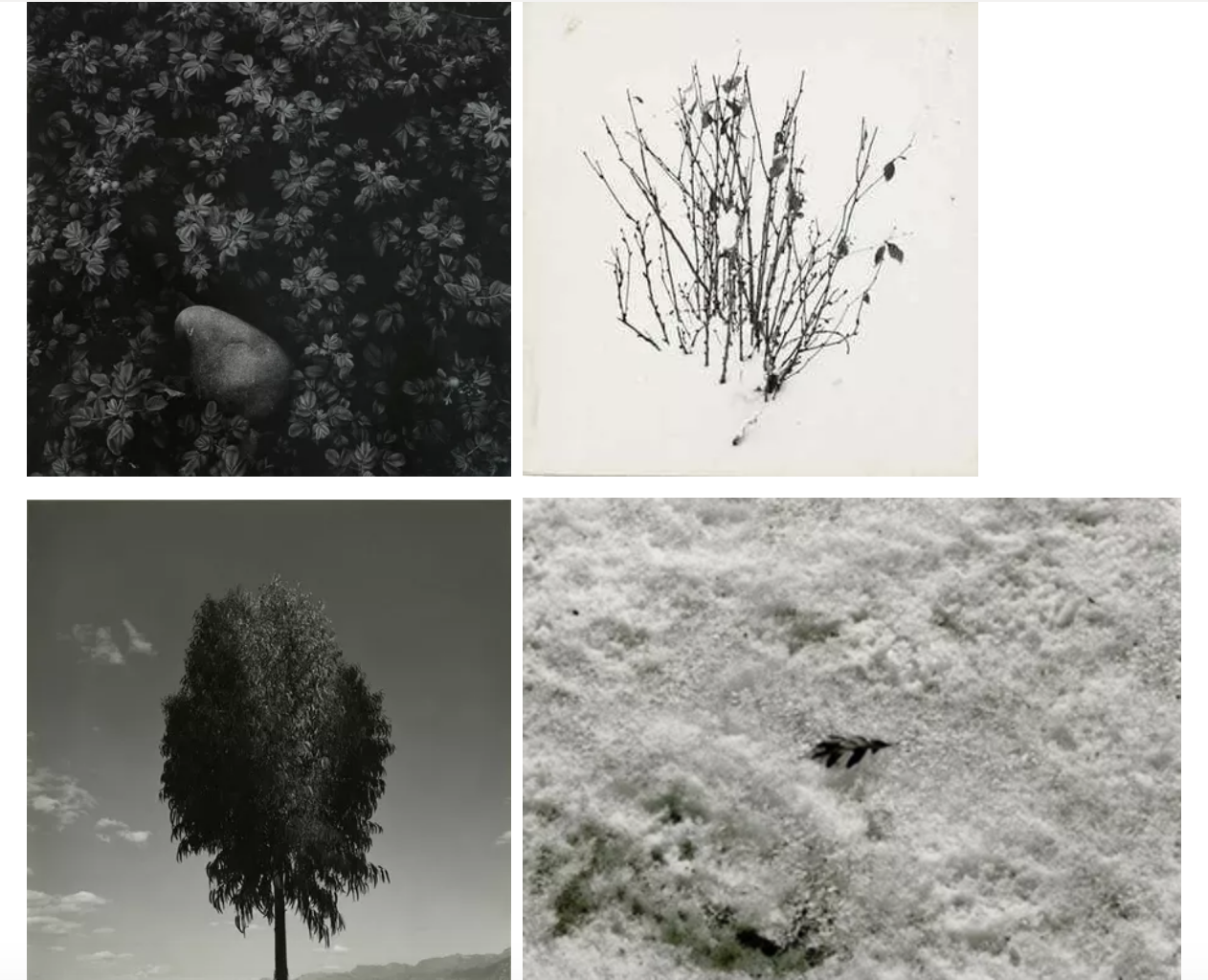
Harry Morey Callahan was a twentieth century American photographer, he was born on the 22nd of October 1912. Callahan grew up in Detroit, Michigan and briefly studied chemical engineering at Michigan State College. Callahan became interested in photography in 1938 and was influenced by the work of Ansel Adams after attending a lecture in 1941. He taught photography at the Chicago institute of Design in 1946, and in 1940 he took over as head of the department for photography. In the other half of the 1970’s, Callahan had developed a liking to colour photography and his colour images became the reason to his fame. He wanted to explore the possibilities of this creativity and kept on doing so. Sadly, on the 15th of March 1999 Harry had passed away leaving over 10,000 prints for the next generation to take inspiration from.
Although Harry is famous for his colour work and his portraits of people, I personally love his work on nature, especially in black and white. Although you are unable to view the usual vibrant and beautiful colours of leaves, in the black and white photos the dark tones create a moody and dark mood. Harrys style can be viewed as very minimalist and I like how he uses natural forms to create his abstract photography. Harry tends to use natural lighting in his photos which accentuates the fact that he is taking photo of nature. The fact that he took so many black and white photos could conceptually mean that he believes nature doesn’t need colour to look beautiful.
Shoot 1:
Inspiration:
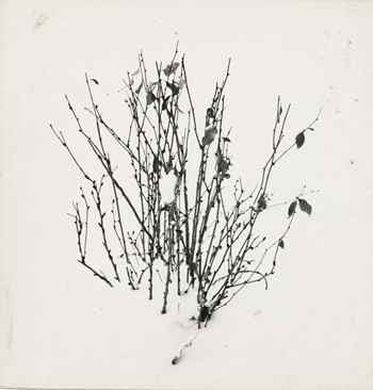
My Recreation:
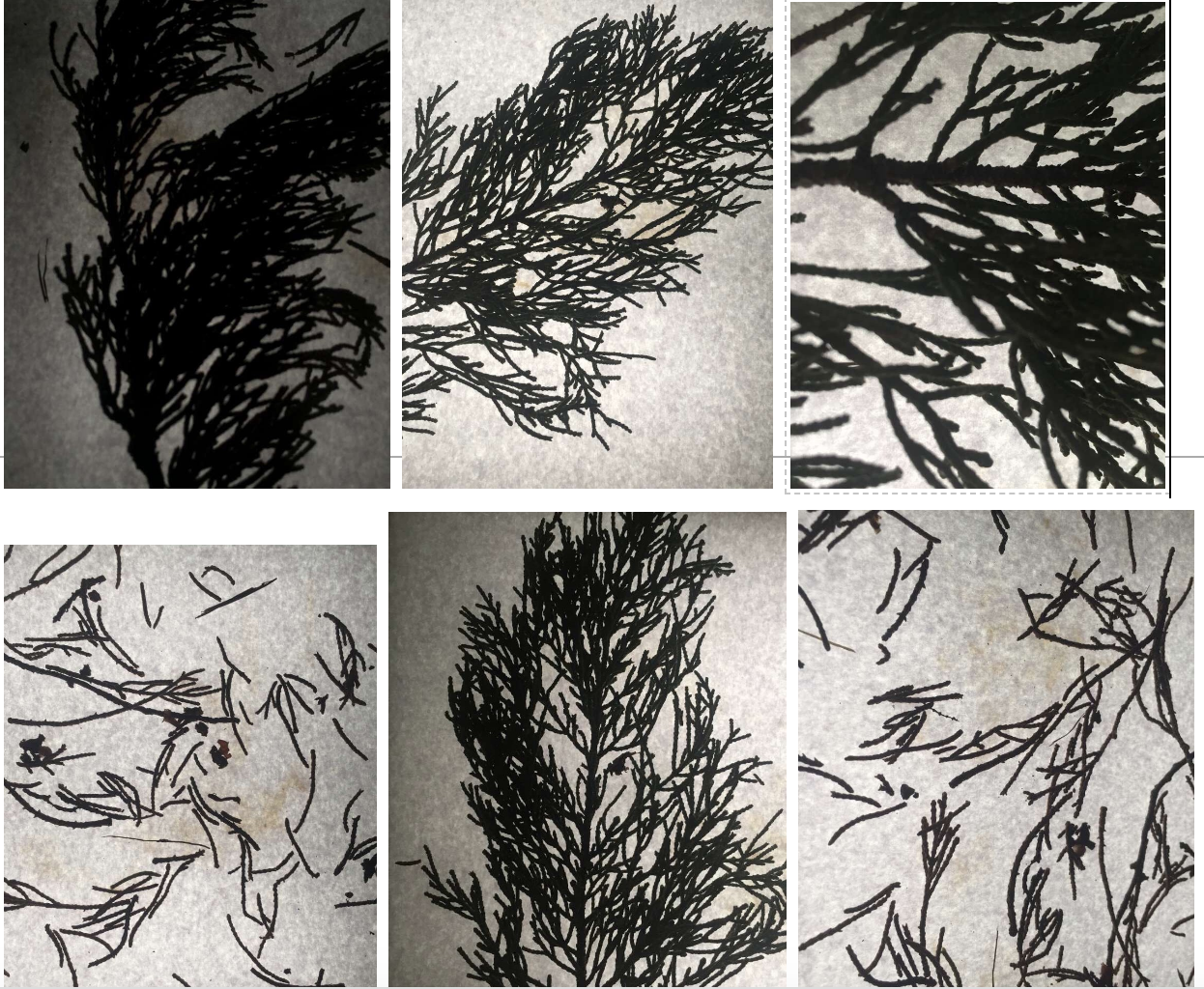
These are some of the edited photos from the shoot. I send these photos from my camera to my phone and I used an app called VSCO to edit them. I applied different black and white filters, mainly B1 and B5, however I also adjusted the exposure and contrast until I got the result I wanted. I liked reducing the exposure to create a dark atmospheric look.
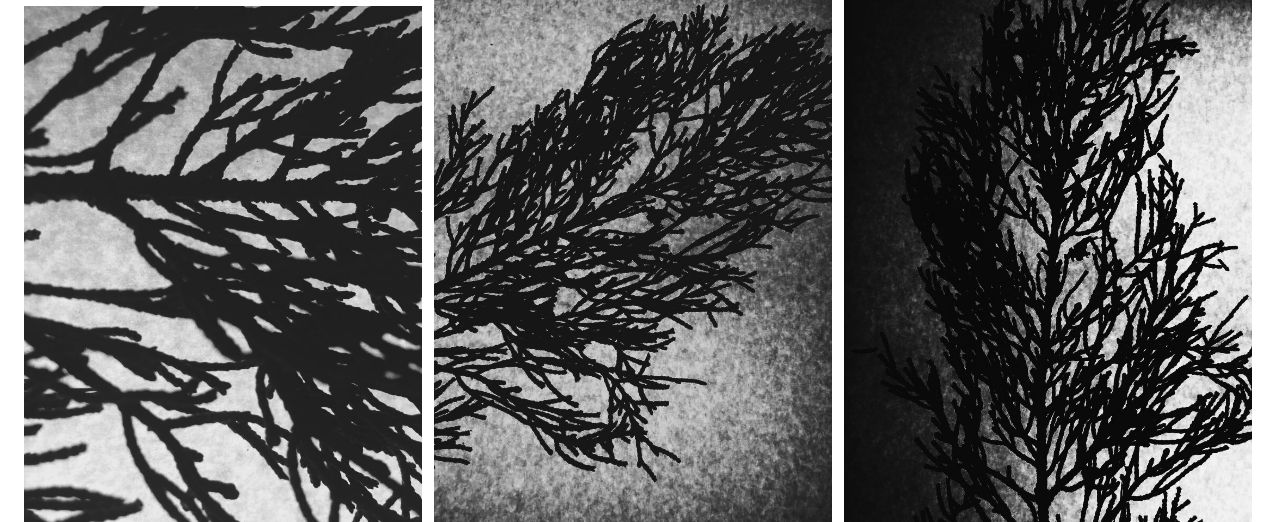
Shoot 2:

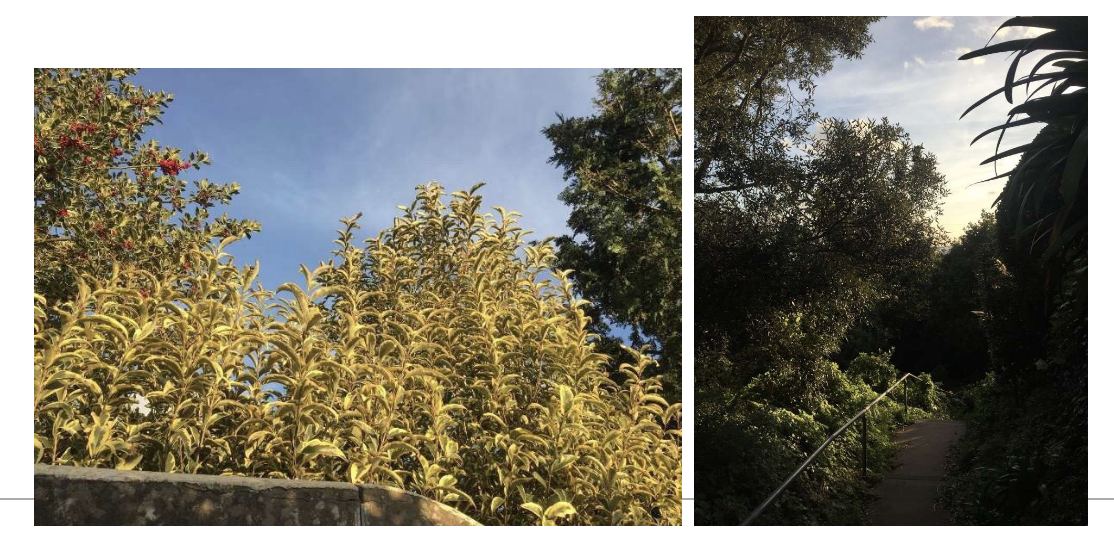
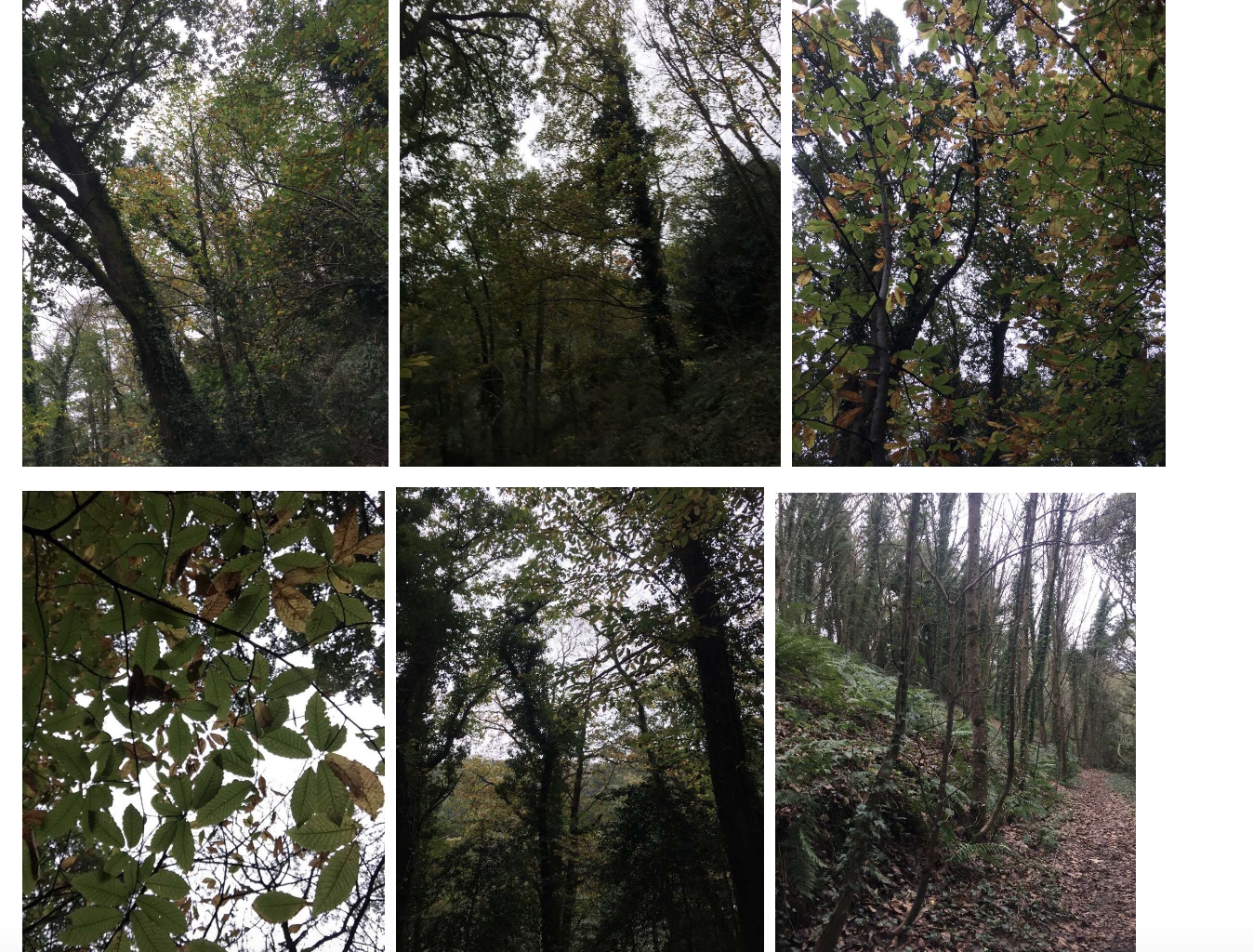
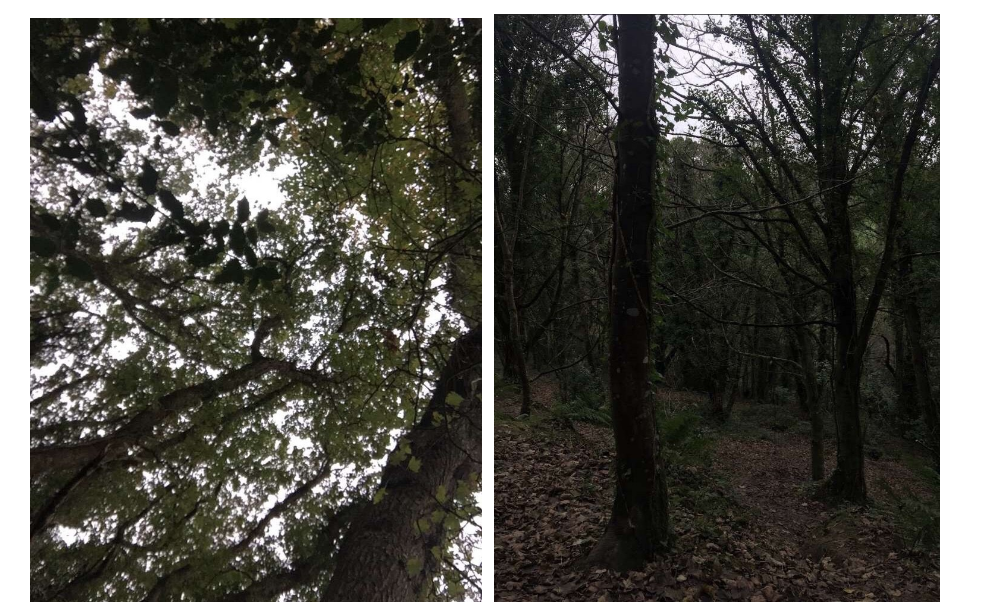
Once again, I applied filters from VSCO and adjusted the exposure and contrast until I got a result I wanted:
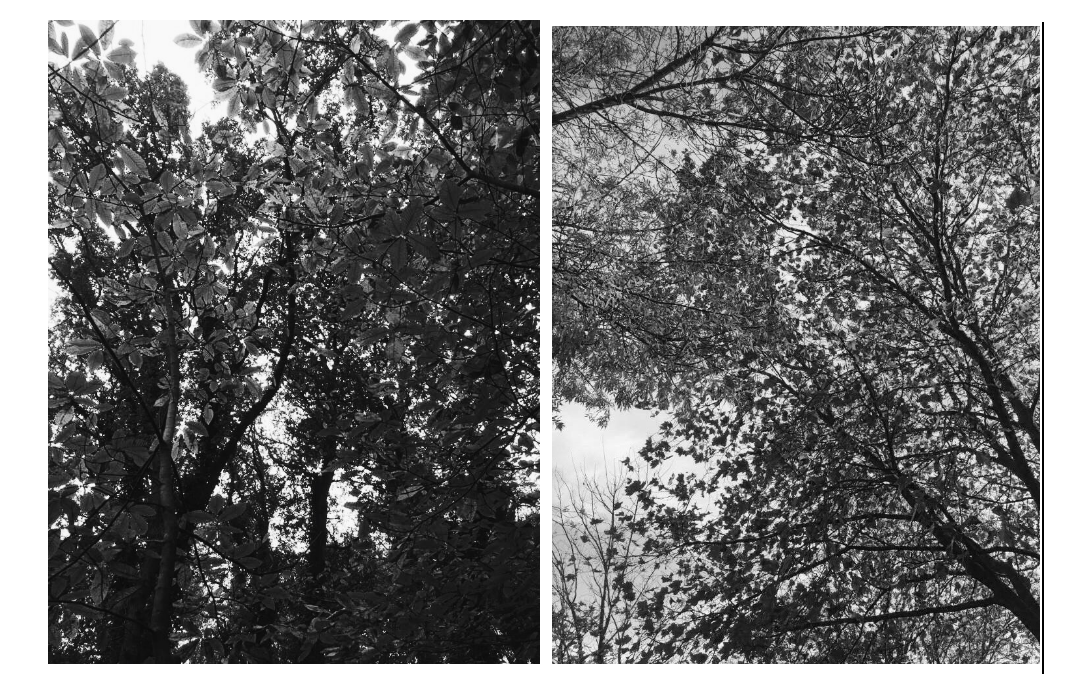
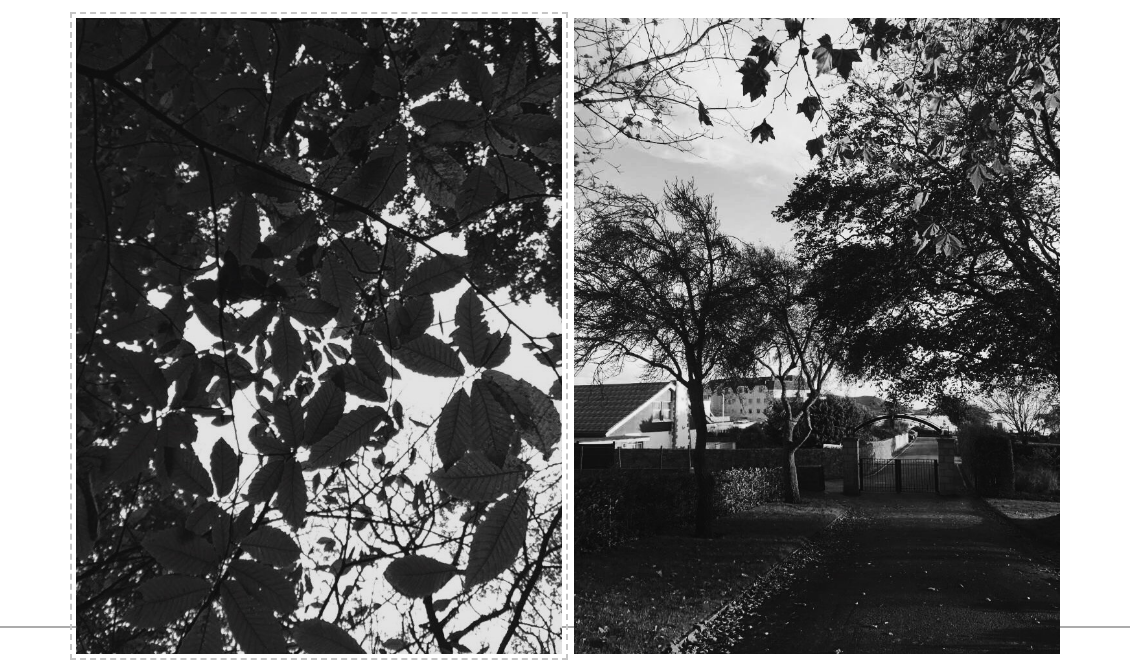
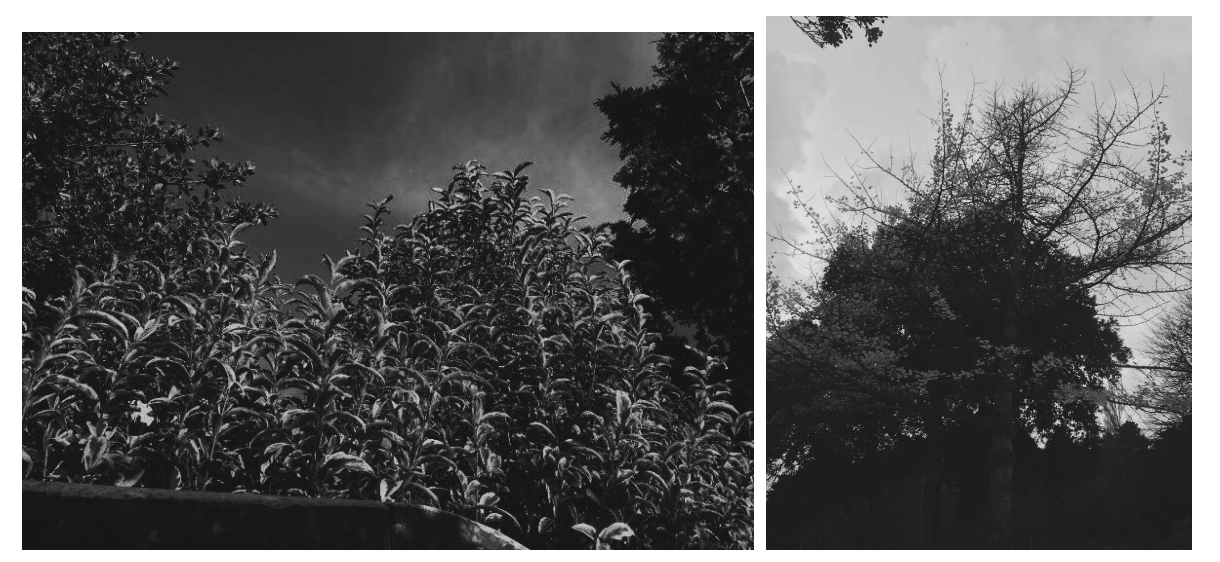

Shoot 3:
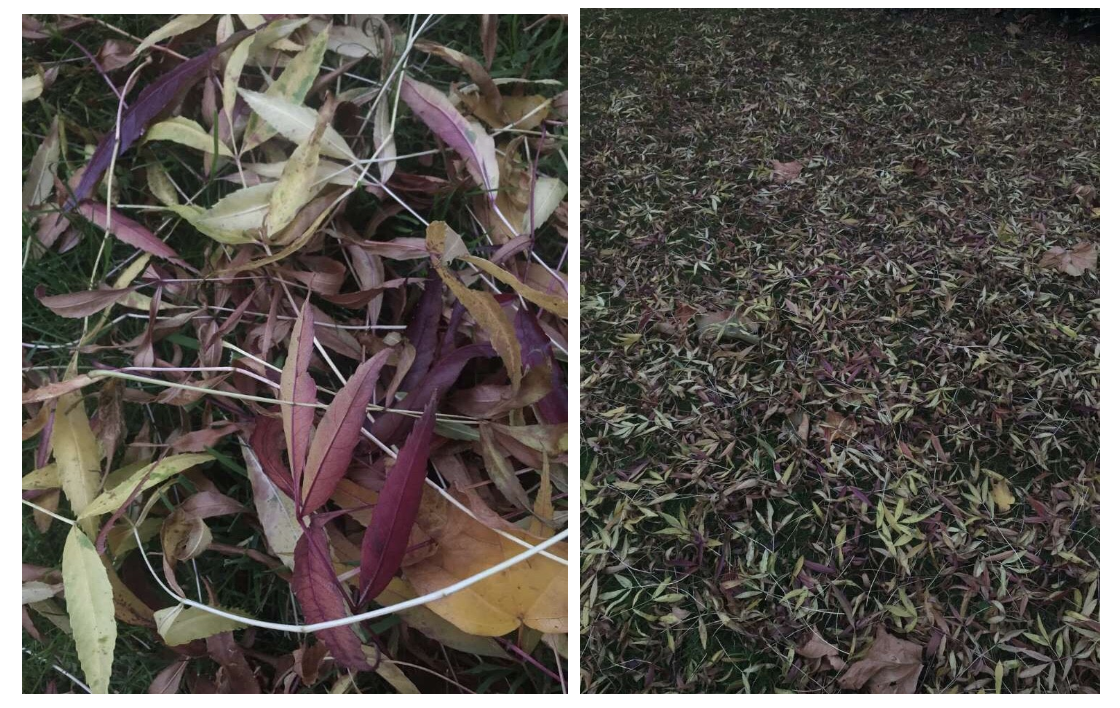
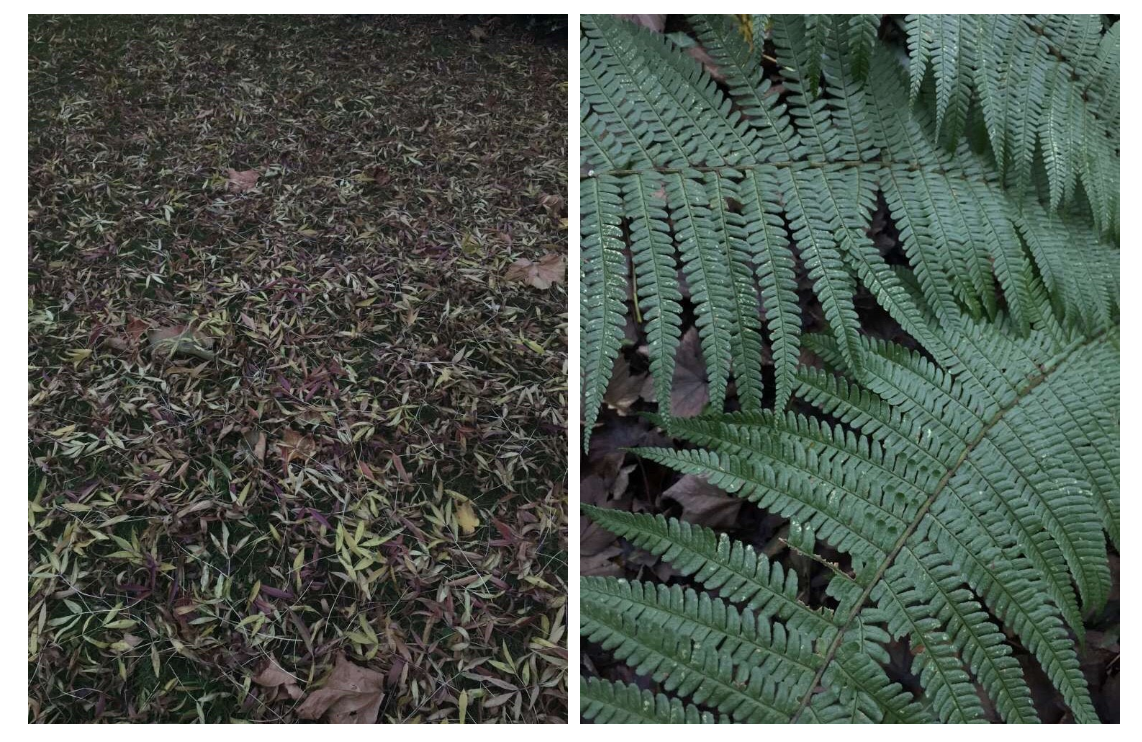
These are the edited photos:
